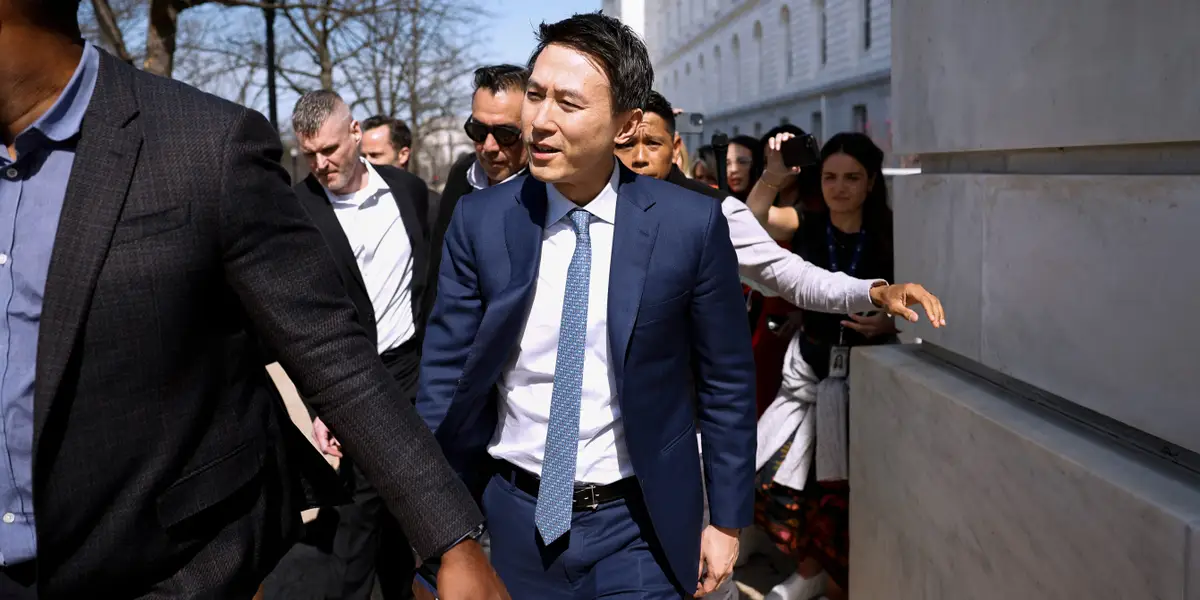By Telangana Today
Copyright telanganatoday

By Dr Sukhamaya Swain, Dr Siddhartha Bhattacharya
For decades, multilateralism has been the dominant mode of international cooperation, bringing together diverse nations to discuss common challenges and aspirations under one roof. Yet, in today’s complex geopolitical climate, multilateralism is increasingly seen as slow and bureaucracy-ridden. In response, a quiet but significant revolution is under way: Plurilateralism, which is rising as an alternative, offering agility, issue-specific focus, and strategic flexibility.
Plurilateralism is not a new concept. Its widespread adoption as a model of international governance is unprecedented. From trade and technology to climate and security, a growing number of international arrangements are now formed by a smaller group of like-minded nations aligned through political, economic, or strategic commonalities. As the global order witnesses tectonic shifts, plurilateralism is no longer a peripheral phenomenon: it is a defining feature of contemporary diplomacy.
Subset of Countries
Plurilateralism refers to cooperation among a “subset of countries”, usually within a broader multilateral framework, focusing on specific issues without requiring consensus from all nations. According to Cerny (1993), it embodies “a shared interest among a limited number of governments” and allows for faster, more tailored decision-making.
It is distinct from both bilateralism and multilateralism. Bilateral agreements involve two parties, and multilateralism involves all, while plurilateralism exists in between — flexible and selective. Scholars like Zartman (1994) argue that plurilateralism often emerges within multilateral settings to break deadlocks, particularly in institutions such as the WTO.
Plurilateralism allows countries to form ‘coalitions of the willing’ without having to wait for universal alignment, enabling faster and more meaningful outcomes tailored to mutual interests
Scott and Wilkinson (2012) note that plurilateralism includes minilateral, regional, and bilateral agreements under a broader umbrella, positioning them as building blocks rather than threats to multilateralism. The traditional multilateral model has proven unwieldy in resolving urgent global challenges due to its complexity and numerous parties, leading to diluted outcomes or prolonged gridlocks. The UN system, with its overlapping mandates, exemplifies this issue.
Multilateral institutions like the IMF and World Bank use weighted voting systems, giving the United States an unwritten veto. This undermines democratic global governance and raises questions about the sustainability of multilateral consensus. The United States’ unilateral exits from the Paris Agreement and the International Maritime Organization highlight the challenges of maintaining a cohesive multilateral approach.
In contrast, plurilateralism allows countries to form “coalitions of the willing” without having to wait for universal alignment, enabling faster and more meaningful outcomes tailored to mutual interests. Plurilateral platforms often allow member states to opt in or out of specific commitments. Some examples include:
The Indo-Pacific Economic Framework for Prosperity (IPEF) represents a novel form of plurilateral economic cooperation. Comprising 14 countries and spanning over 40 per cent of global GDP, IPEF stands out for its flexibility: nations can engage with any of its four pillars — trade, supply chains, clean energy, and anti-corruption — without committing to all.
AUKUS, a trilateral defence pact between Australia, the UK, and the US, is aimed at bolstering security in the Indo-Pacific. It is structured around two pillars — assisting Australia in acquiring nuclear-powered submarines (without nuclear weapons) and enhancing cooperation in advanced defence technologies like AI, quantum, cyber, and undersea warfare. While not economically driven, AUKUS exemplifies how plurilateral frameworks can respond to strategic and geopolitical imperatives.
The International Solar Alliance (ISA), initiated by India and France at COP21, promotes solar energy adoption across sun-rich nations. It combines treaty-backed legitimacy with non-binding operational flexibility, advocating initiatives such as ‘One Sun, One World, One Grid’ (OSOWOG). The ISA is a textbook climate plurilateral: adaptive, issue-specific, and capable of bypassing the bureaucratic inertia of broader multilateral climate mechanisms.
The Minerals Security Partnership reflects the plurilateral approach in securing critical mineral supply chains, involving countries like the US, India, Japan, and the EU. It is focused on reducing dependence on China.
Together, these cases demonstrate the versatility and strategic utility of plurilateralism in diverse domains — be it security, environment, resource management, and economic policy, where agility and alignment matter more than universal participation.
India’s Plurilateral Frameworks
India’s engagement with plurilateral frameworks has been robust and multifaceted, showcasing its strategic versatility in international relations. The RIC troika, conceptualised by Russia in the 1990s, is a prime example. This alliance, comprising Russia, India, and China, represents 37 per cent of the world’s population and over 22 per cent of global GDP. Despite geopolitical tensions, India has maintained dialogue within this configuration, emphasising its ability to balance competing global powers.
India’s leadership in the ISA further underscores its ambition to shape renewable energy governance. With over 90 ratified members, ISA is both a diplomatic success and a platform for advancing India’s domestic green agenda. Additionally, India’s selective engagement in the IPEF reflects its strategic balancing act. While India has opted out of the trade pillar of IPEF, citing misalignment with its trade policies and concerns over labour and environmental standards, its participation in other pillars demonstrates its commitment to engaging without compromising sovereignty.
India’s unique ability to engage with opposing factions (from Iran and Israel to Russia and Ukraine) makes it a natural convenor for future plurilateral efforts. This diplomatic agility positions India as a bridge builder in a fragmented international landscape. Like the ISA, future groupings may also bear India’s imprint, particularly in areas like health, education, and climate finance.
Limitations
Plurilateralism, however, is not without limitations. It often excludes the Global South, with many Least Developed and Underdeveloped Countries missing from key frameworks, unlike multilateralism, which has more inclusive obligations.
Also, plurilateral groupings can reinforce economic asymmetries, allowing powerful states to form exclusive clubs. These groups frequently lack formal institutions or enforcement mechanisms, questioning their long-term stability.
Moreover, as Basedow (2018) warns, the proliferation of plurilateral deals risks fragmenting global legal coherence and marginalising multilateral institutions. Plurilateralism should not replace multilateralism but complement it, offering a flexible pathway in an age of elusive global consensus. The solution lies in reforming multilateralism rather than abandoning it.
Plurilateralism, with its targeted focus, can sustain global cooperation while traditional institutions adapt to 21st-century realities. The current polycrisis, marked by economic uncertainty, climate change, war, and technological shifts, demands adaptive diplomacy. Plurilateralism may help navigate this transitional period without succumbing to paralysis. This shift is not a disorder but a phase in global governance, where multilateral institutions may evolve into more hybrid and flexible configurations.
The academic and diplomatic community must work to ensure that emerging frameworks remain inclusive, transparent, and just. Though plurilateralism carries risks, it also holds promise for a more responsive and resilient global order, provided it is guided by principles of cooperation, equity, and innovation.
(The authors are Professors, JK Business School, Gurugram)



